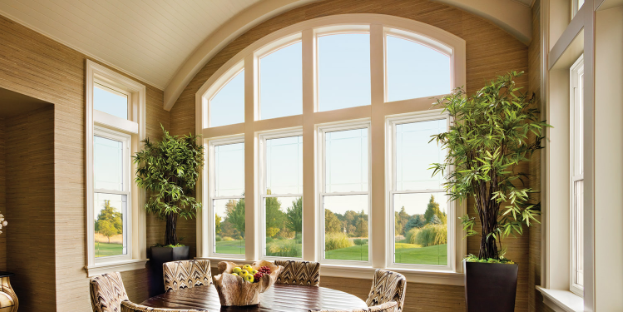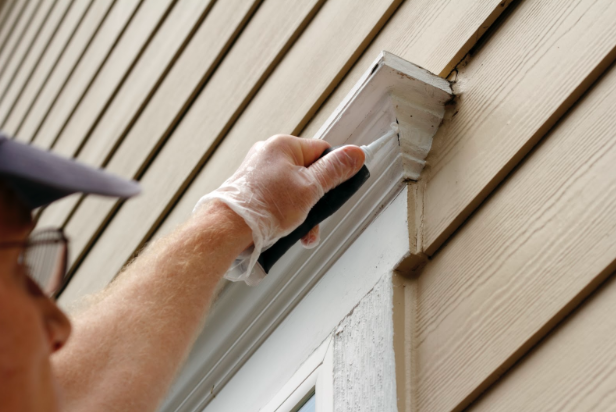- 101 reads


According to the Department of Energy, up to 48% of your annual energy cost are directly tied to heating and cooling your home, which makes it one of your priciest home expenses. The average home loses 30% of its heating and cooling energy through improperly insulated windows. If your windows are more than 10 years old, they could be contributing to unnecessarily high utility bills, while also making your HVAC system (one of the most costly items to service and replace in your home) work overtime to keep your home at a comfortable temperature.
If you’re interested in reducing your monthly bills and your carbon footprint, you may want to consider making the investment in energy efficient windows. Though the initial investment is costly, they can quickly bring down your monthly energy costs, while also increasing your home’s value and appearance. Read on to learn more about how the quality of your windows can have a big impact on your home and your pocketbook.
First, You Can Increase the Efficiency of Older Windows
If you’re looking to increase the energy efficiency of existing windows, there are a lot of budget-friendly techniques you can employ. You can add storm windows, which reduces air leakage making your home’s temperature more sustainably comfortable. You can also use caulk or weatherstripping to eliminate spaces for air to leak out of including any cracks, gaps, or joints around your windows. In cold weather climates, it can be helpful to place plastic film inside of your window frames to help reduce drafts. Additionally, high quality window treatments can help reduce heat loss in the winter and heat gain in the summer.

But, When Is It Time to Make the Investment In Energy Efficient Windows?
While there are a hodgepodge of methods you can use to try to make old windows more efficient, at some point with the energy losses you’re experiencing, it’s more cost-effective to replace them altogether. While installing new windows can be quite expensive, you can expect to save 15% on your annual energy bill, and to recoup 80% of the cost in added home value. You may also be eligible for a 30% federal tax credit with you buy Energy Star windows.

What Are You Looking For In an Energy Efficient Window?
There are a couple of ratings and terms that you will want to be knowledgeable about when purchasing energy efficient windows. First is the U-factor, which refers to the amount of heat that is transferred through the window. The lower the U-factor, the slower the rate of heat blow and the better insulation provided which will help with . Second is the Solar Heat Gain Coefficient (SHGC), which is especially important if you live in a warm-weather climate, as it refers to the amount of heat from the sun that your windows will allow into your home. A low number means that your windows have a strong ability to reduce the amount of heat that is absorbed into your home. Finally, you want to look for low emissivity (low-E) glass. Made with a metallic coating on the inside of the insulating glass unit, low-E glass decreases the window’s ability to transfer heat, saving energy without compromising visibility. Low-E glass has also been shown to reduce fading of interior items (upholstery, rugs, curtains) by reflecting long-wave light rays that carry heat and UV.

Are There Any Additional Benefits to Energy Efficient Windows?
If you work with your contractor on the placement of your new windows, you may be able to maximize natural light and reduce the need for (and energy demand of) artificial lights. Additionally, if you invest in energy efficient windows as part of a new construction project, you may be able to purchase a smaller HVAC system to meet the needs of your home. Finally, you can feel good about doing your part to reduce your family’s energy consumption, positively impacting the environment.

